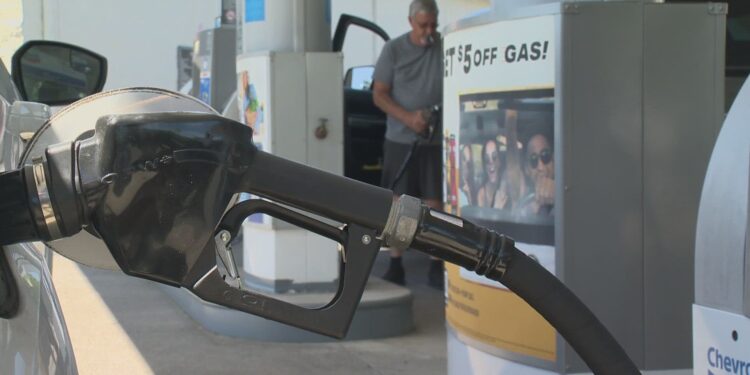Gas prices across the Seattle metro area continue their steady climb, with the average cost at the pump now reaching $4.52 per gallon, more than a full dollar above the national average. For many local drivers, it’s becoming harder to ignore the impact on daily routines and summer travel plans.
While the weekly increase was relatively small, just under two cents, drivers across King County are feeling the pressure, especially as prices remain volatile and the cost of living continues to rise. Compared to last month, prices are down slightly, but they’re still more than 11 cents higher than this time last year.
Price differences within the city tell their own story. On July 17, some Seattle stations were offering regular unleaded at $3.55 per gallon, while others were charging as much as $5.39, a spread of $1.84 per gallon. Across Washington state, the price gap was even wider, ranging from $3.30 to $5.79.
Nearby cities are seeing similar trends. In Tacoma, gas rose nearly five cents last week, now averaging $4.34. Yakima drivers are paying about $4.04, and statewide averages continue to hover above $4.30.
Several factors are driving the upward trend, including Washington’s newly increased gas tax, which added another 6 cents per gallon starting July 1. The additional revenue is intended to support road repairs, bridge maintenance, and long-term infrastructure projects across the state. The new rate, now 55.4 cents per gallon, makes Washington one of the most expensive states in the nation for gasoline taxes.
And that’s not the only increase. The state’s carbon emissions fee under the Climate Commitment Act also rose by 6 cents this month, further contributing to higher pump prices. While the goal of the program is to reduce greenhouse gas emissions and fund climate initiatives, it has also drawn criticism from drivers and small businesses alike.
“I get the idea of investing in the environment, but it’s hard to feel good about it when gas is pushing five bucks and you don’t see real improvements on the roads,” said Nate Ramirez, a rideshare driver based in North Seattle. “People are frustrated, and I get it.”
In fact, frustration has been mounting among Seattleites who say they’re not seeing the benefits of the higher prices. Some point to aging infrastructure, pothole-ridden stretches of I-5, and congestion on city streets as evidence that the tax revenue isn’t filtering down fast enough.
Others argue that the cost increases are necessary for long-term gains.
“Yes, it’s more expensive to drive,” said Alicia Byrne, a Ballard resident and public transit advocate. “But if we want cleaner air and more reliable alternatives to driving, we’ve got to invest in something better than the status quo.”
The Department of Ecology, which administers revenue from the carbon fee, says the funding is being directed toward climate-friendly transit options, including rural bus routes and accessibility projects. Since its launch two and a half years ago, the initiative has reportedly brought in around $3.2 billion in revenue.
But for many behind the wheel, that’s cold comfort at the pump.
In areas like SeaTac, where proximity to the airport typically inflates prices, some stations are already charging close to $5 a gallon, before the full impact of the gas tax has set in. With prices set to rise annually due to inflation indexing, and further increases planned for diesel in coming years, local drivers are bracing for what could be a long road ahead.







